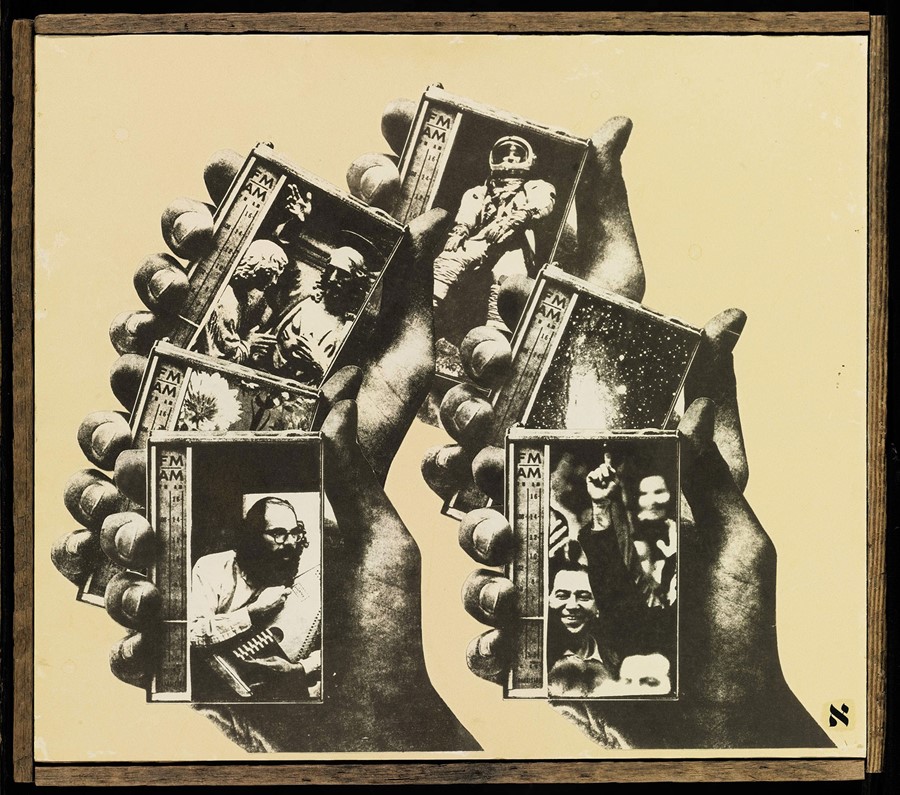We reflect on the seminal strands of the Beats' impressive legacy, to coincide with the Pompidou's exhaustive exhibition
The Beats’ reputation is one rooted in inauspicious circumstances: from William S. Burroughs accidentally shooting his wife in a game of William Tell in Mexico, to jail time for Gregory Corso, Jack Kerouac and others, not to mention unnumerable stints in psychiatric hospitals. And yet, it was perhaps because of their audacious lives that the Beats were able to open up a radical new sphere, indelibly altering the global view of music, literature and the arts for future generations. The legacy they leave behind is nothing if not immutable.
This summer, Paris’ Centre Pompidou presents a retrospective exhibition about the artistic forays of the Beats, presenting such pop culture treasures as the original 120-foot-long scroll on which Jack Kerouac originally wrote On the Road, Allen Ginsberg’s documentary photographs, Brion Gysin’s ‘cut-up’ Stanley Knife, and William S. Burroughs’ vintage Underwood typewriter. To celebrate this spectacular display, here we look at five of the Beat movement’s most extraordinary creative accomplishments, spanning literature, music, places and publishing.
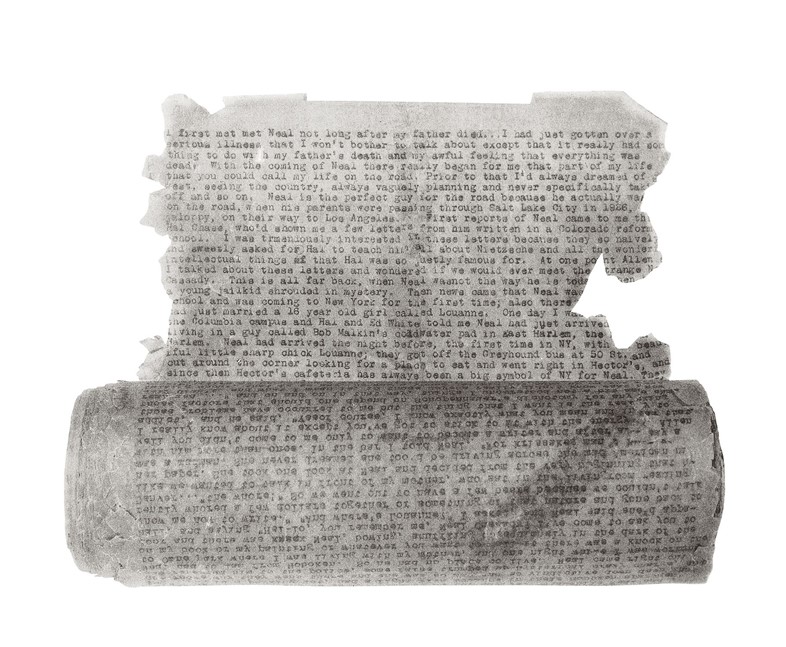
Literature
From William S. Burroughs’ cut-up technique (the splicing of a document, rearranged to create new meaning), to Jack Kerouac’s stream of consciousness, the Beats forged new formats through their innovative and experimental approaches toward literature. Take the 120-foot-long scroll on which Jack Kerouac originally wrote On the Road, for example – the writer's solution to avoiding the mundane activity of reloading his typewriter, using which he reportedly finishing the novel after three weeks of continuous typing.
Kerouac's experimentations weren’t solely for ease of operation however; his ‘book-movies’ involved projecting sounds heard at midnight onto the page, constructing poems like Old Angel Midnight that were multi-sensory. Indeed, his co-authored novel with Burroughs' And the Hippos Were Boiled in Their Tanks – the title taken from a radio announcement concerning a circus fire – was formulated by the writers alternating chapters, mirroring the fragmentary information they each received that became the basis of the book (Lucien Carr’s murder of David Kammerer). Through these diverse methodologies the Beats explored and exploded the literary boundaries of the time, their legacy continuing to do so today.
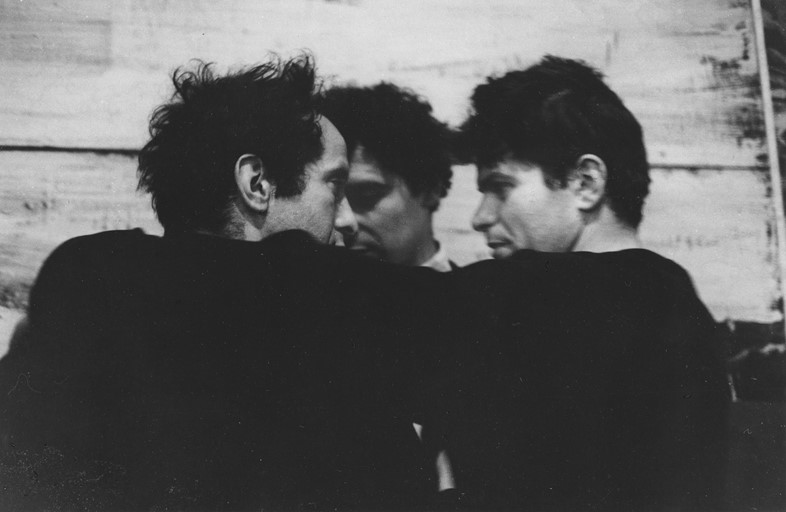
Location
The founding figures of the Beat generation were fuelled by their respective impulses, rejecting conventional and stationary lifestyle choices in favour of the endless travel which was to become essential to their work. As such, they moved around a lot. Jack Kerouac, Allen Ginsberg and Lucien Carr, for example, initially met at Columbia University, then moving to New York to slip down a trapdoor of decadence and revelry into a drunken, drug-induced world of theft and petty crime. Ginsberg, Kerouac, Kenneth Rexroth and many others would spend time in San Francisco, where Ginsberg’s infamous reading of Howl took place, and at various times Burroughs’ apartment in Mexico – Kerouac reportedly wrote his novel Doctor Sax on the toilet on one of his many visits.
From 1957, Paris became central to the Beat scene, with many staying at the Hotel Rachou, fittingly known today as the ‘Beat Hotel’. It was here that Brion, Gysin and Burroughs developed the cut-up technique and Ginsberg helped formulate his ‘routines’ into the novel that became Naked Lunch. Ultimately, though, theirs is an inherently American tradition: years of barrelling back and forth across the country and abroad ensued, and hitchhiking, love affairs and everything in between became the backdrop to their oeuvres. Above all else, their obsession with movement cemented the notion, best vocalised by Kerouac, that they must “go, go, go”.
![Mexique [Le Voyage méxicain], 1966](https://images-prod.anothermag.com/786/azure/another-prod/350/7/357387.jpg)
Music
John Clellon Holmes once wrote that jazz was “more than a music; it became an attitude toward life”, and this epitomises the Beats’ unequivocal affinity with all things spontaneous. Sparring off the improvisational spirit of jazz and embracing its freedom of movement, the Beats became both influenced by and influential towards music. The stream of consciousness technique imbued by Jack Kerouac reflected the long, slow reverberating sounds of the sax that he felt an affinity to, whilst Let Me Hang You sees William S. Burroughs read his favourite – and the obscenest – sections of Naked Lunch (see “he cums all over my bedbug spray”) backed by the likes of Bill Frisell, and remastered this year to the tracks of Canadian punk King Khan.
Such was the Beats’ ingenuity that the influenced became the inspiration: Burroughs collaborated with Kurt Cobain on an experimental 10-inch picture disc entitled The “Priest” They Called Him (which sees the ‘Priest’ sell a suitcase containing dismembered legs, amongst its harrowing subject matter), whilst Bob Dylan (a close friend of Ginsberg) and David Bowie revelled in his cut-up technique and Thom Yorke notoriously formulated Kid A by pulling lines of lyrics from a hat.
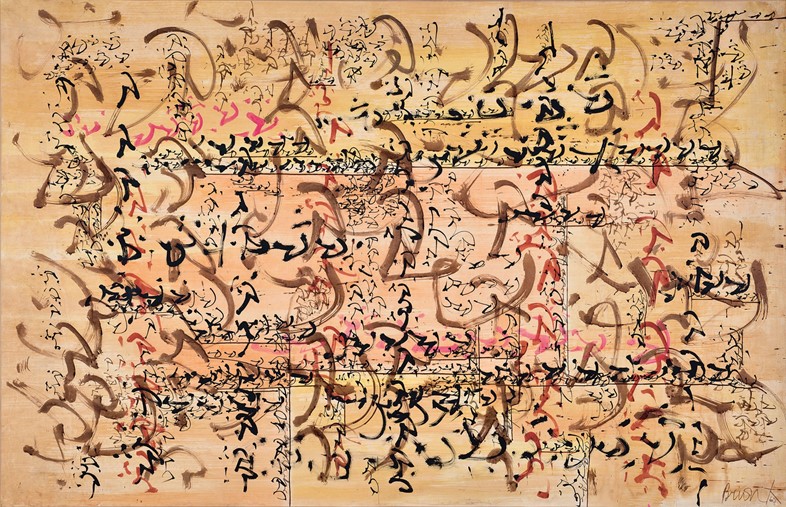
People
Bouncing in and out of one another’s spheres, the Beats were defiantly inward-looking when it came to seeking out inspiration. Jack Kerouac notoriously based many of his characters on friends and acquaintances; the rebellious and irrepressible Dean Moriarty, a key role in On the Road, was a reincarnation of Kerouac’s long-time friend Neal Cassady, whose own free-flowing style of speaking so enraptured Kerouac that he used the technique to create his distinctive stream of consciousness approach. Likewise, Kerouac and Ginsberg shared numerous letters and writerly advice, the latter becoming Cassady’s mentor and sometime lover. Ginsberg even dedicated his chef d'oeuvre, Howl, to friend Carl Solomon, who he had met in a psychiatric hospital. This collection of artists assembled around one another, taking and providing the stimulus that embodies the Beats.
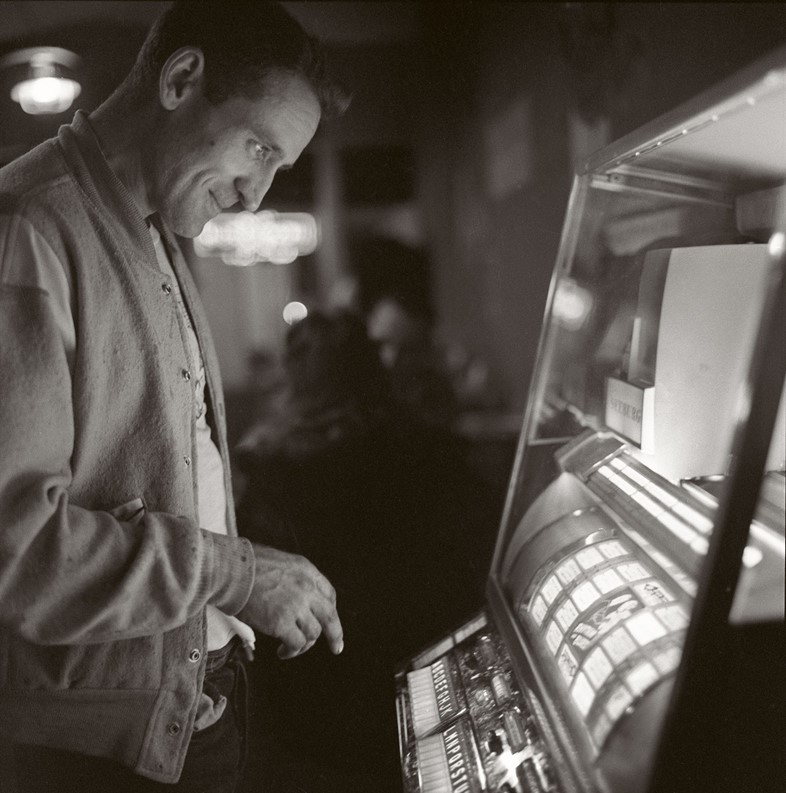
Publishing
Allen Ginsberg’s revolutionary poem Howl created quite the commotion when it was first published in 1956; from the legendary reading at Six Gallery in San Francisco, where Michael McClure asserted that it left them “knowing at the deepest level that a barrier had been broken, that a human voice and body had been hurled against the harsh wall of America”, to Lawrence Ferlinghetti’s passionate advocating for the seminal work, earning him an obscenity charge in 1957. Acquitted later that year, Ferlinghetti – owner of City Lights Booksellers and Publishers and publisher of Howl – asserted that the “function of the independent press (besides being essentially dissident) is still to discover, to find the new voices and give voice to them”.
Obscene and challenging, the Beats’ work often found rebuttals within the publishing sphere. Jack Kerouac’s On The Road endured numerous re-writes and rejections, while William S. Burroughs’ Naked Lunch suffered a similar fate to Howl, being banned in Boston during the mid-60s for the then characteristic charge of obscenity. Rebellious and nonconformist by nature, the Beats’ struggle against, and eventual success with the elusive publishing world, heralded a new age of experimental literature.
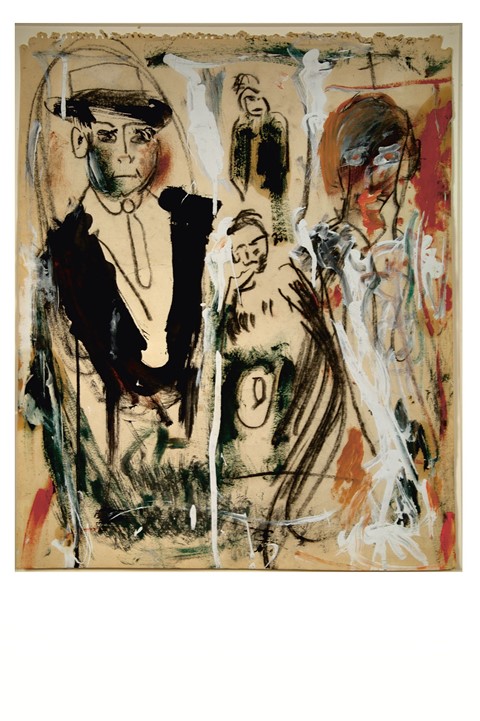
Beat Generation runs until October 3, 2016 at the Centre Pompidou, Paris.
